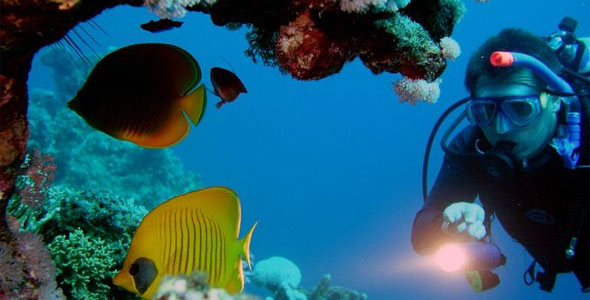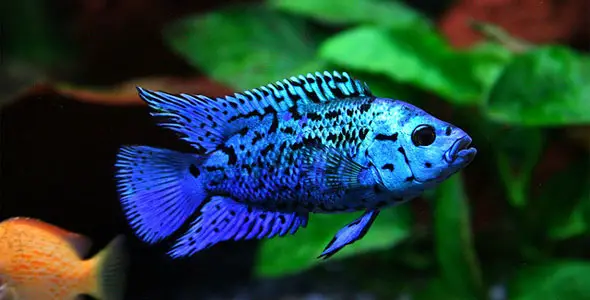Capturing your own marine fish for your aquarium can be a fun and exciting challenge, but it is not something that should be taken lightly. With good equipment, a fair understanding of how to do it, and lots of practice, you will be able to head out to a reef and collect your own fish and invertebrates for your tank. Remember, however, you want to leave the reef as untouched as possible. Here are some tips and suggestions for catching your own aquarium fish.
Equipment:
Fence Net
Hand Net
Collection Catch Bucket
Five Gallon Water Bucket
Ammonia Buffer
Transportation Container
Appropriate Diving Equipment
Before You Begin:
Be sure you build a first aid kit. Your kit should have equipment that can disinfect and treat any pokes, cuts, or stings. A well-stocked kit will have hydrogen peroxide and cotton balls for cleaning minor wounds and band-aids with anti-biotic ointment for bandaging them. Be sure to carry anti-histamines and some sort of “sting block” in case you’re stung by something like a jellyfish.
1. Be careful what you touch! Don’t put your hands into any holes, pick up any creatures, or hold anything. Many creatures sting and bite, and some can cause lots of damage. This is why you go with equipment such as hand nets. Also, be sure you wear some sort of protection for your feet.
2. Do your research beforehand. Make sure you know the local fishing laws and are familiar with which species of fish and invertebrates are protected and therefore illegal to gather. There are laws dictating not only which fish are legal, but what sorts of traps are allowed and if you need a permit to catch fish.
3. Never, EVER, use chemicals or other damaging equipment.
4. Spend time watching them. Each fish has its own set of behaviors and getting to know how they behave in the wild is critical in establishing them in your home aquarium. Knowing how they will act and behave is also key in capturing them. If you know how your prey responds to certain stimuli, then you will have an idea of how they’ll respond when you try to catch them.
5. Plan ahead and use techniques that will not cause the fish additional stress. Avoid the use of slurp guns as they can be extremely stressful. Expect to get lots of practice with different netting methods before figuring out which works best for you.
6. Try to find a partner. Catching fish works best when you have a team of two people to work together catching the fish. One can man the netting and the other can handle the catch bucket. Together, they make a formidable force that a fish will struggle to escape from.
7. Research netting methods. There are a few different netting methods and many different types of fish. Some methods work best for certain types of fish.
8. REMEMBER! Any fish caught in waters deeper than 25 feet MUST be decompressed or it will die trying to acclimate to the change in water pressure. Set up a decompression line using a good length rope (about thirty feet) attached to some sort of floater. Tie a knot every six feet or so and attach a weight to the bottom and then tie the rope to your boat at the top with a good lead that won’t cause the line to jerk in the waves. It is not recommended that you attempt to catch anything at depths deeper than 55 feet as the decompression takes a very long time and is not often successful.
To decompress your fish: Attach your catch bucket to the bottom of the line (about thirty feet below the surface). For fish that decompress easily, you can move the catch bucket up to the lowest knot (six feet up from the bottom) after twenty minutes; harder fish will require more time to acclimate. Allow them to spend twenty minutes decompressing at each stage in the line before pulling them into your boat.
9. Take care when transporting your fish. Do not keep large, aggressive fish such as Triggerfish in the same container with smaller fish. They are likely to attack, eat, and kill your smaller fish. Do not transport fish such as Puffers, Boxfish, or Cowfish with other fish, even others of the same species. Give your new fish lots of space and be prepared to offer them constant water changes as you travel from the open water back to the dock. If they’ll be on the road for a long while you’ll want to have a second tank available with fresh water in order to avoid problems such as ammonia burn.
10. Have fun! There is nothing more fun than going out to gather the fish for your aquarium. Experiencing a reef is a fun and fulfilling chore and one you’re not likely to forget or ever become bored with.




